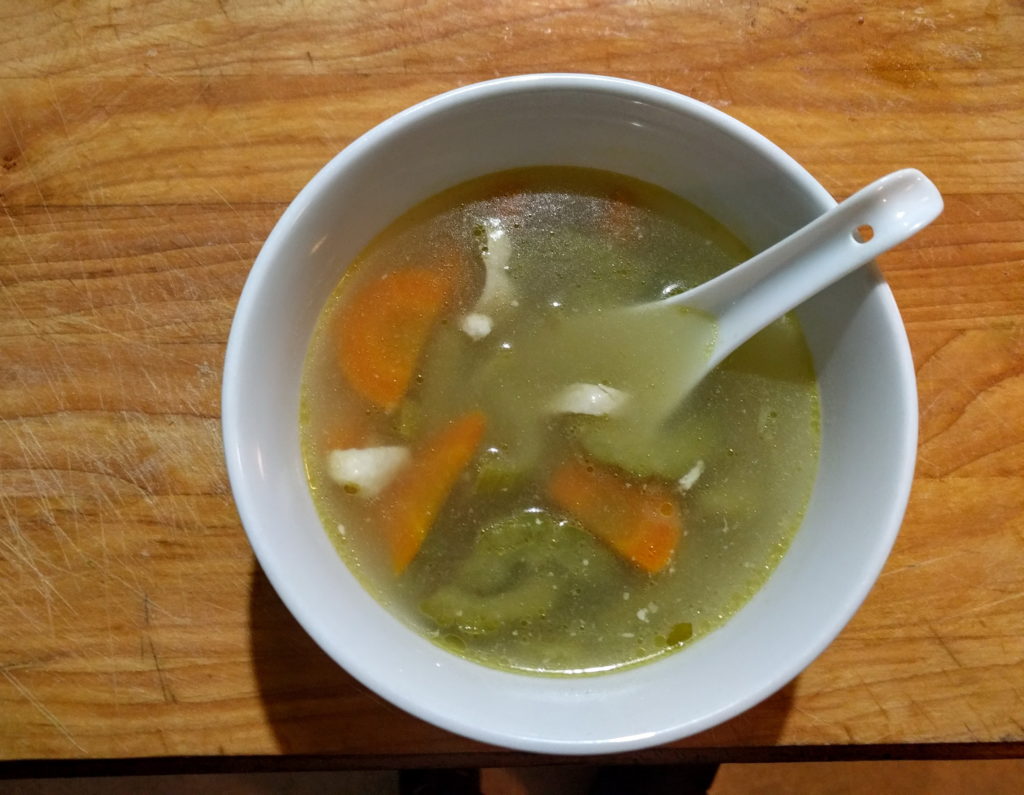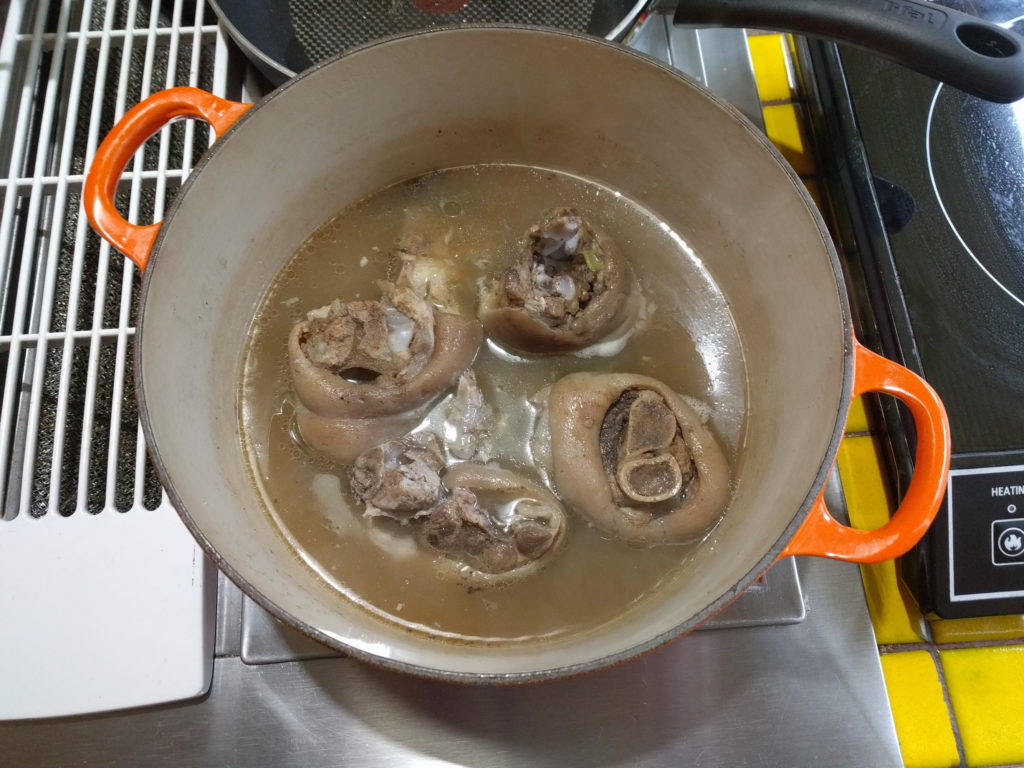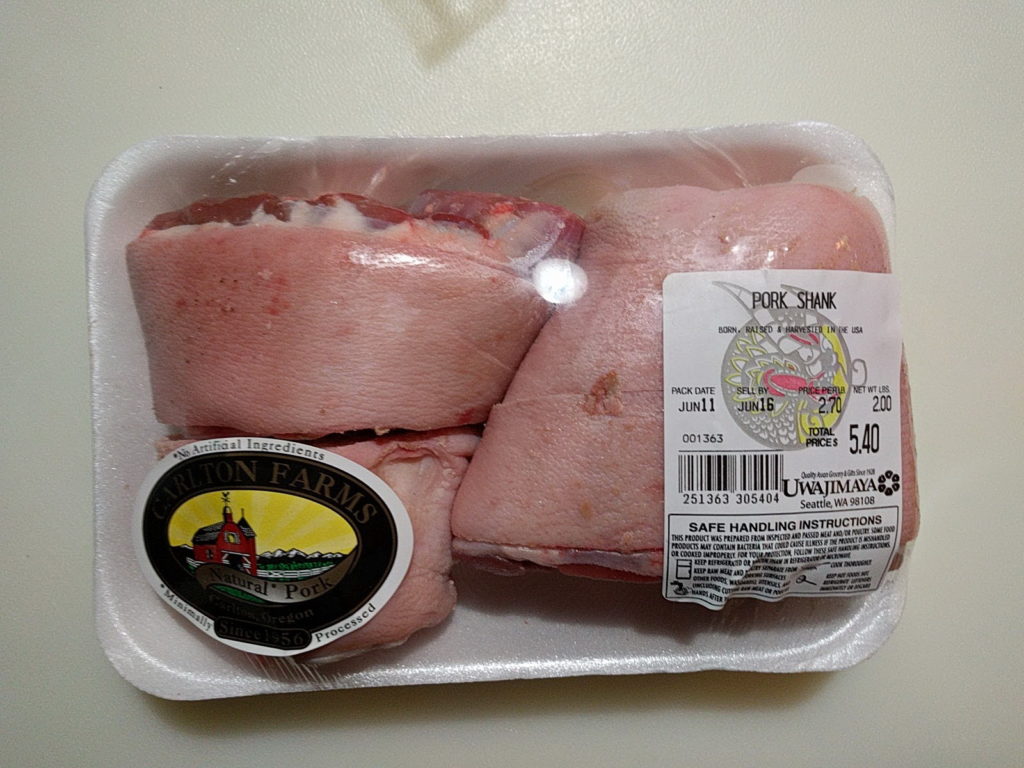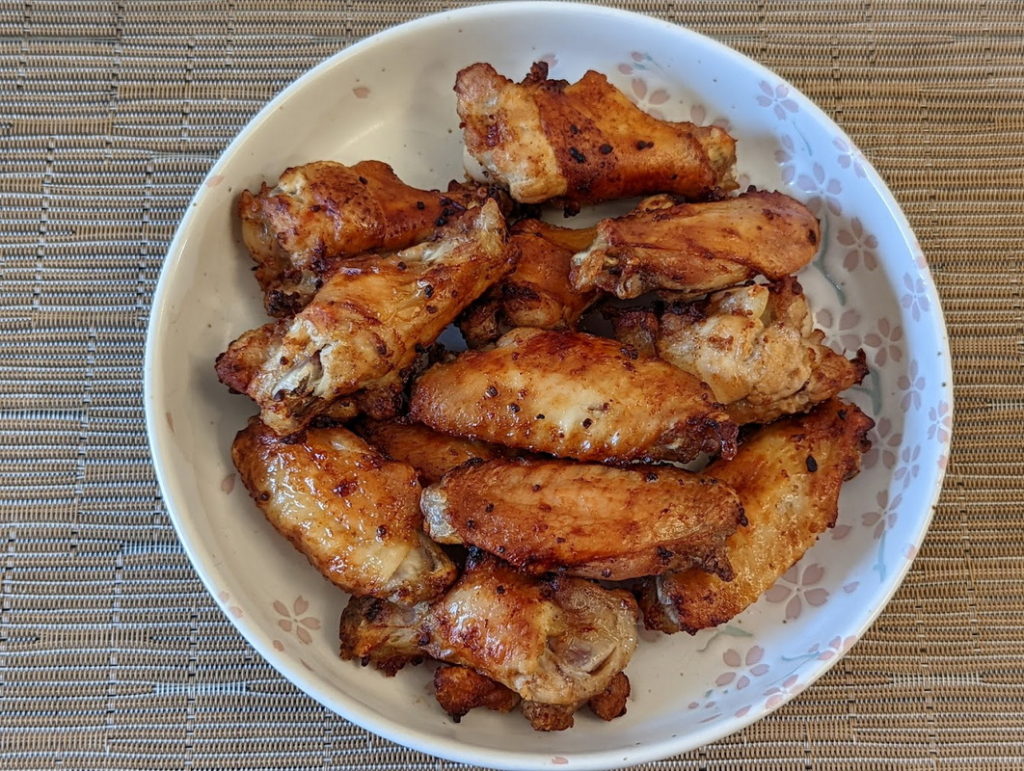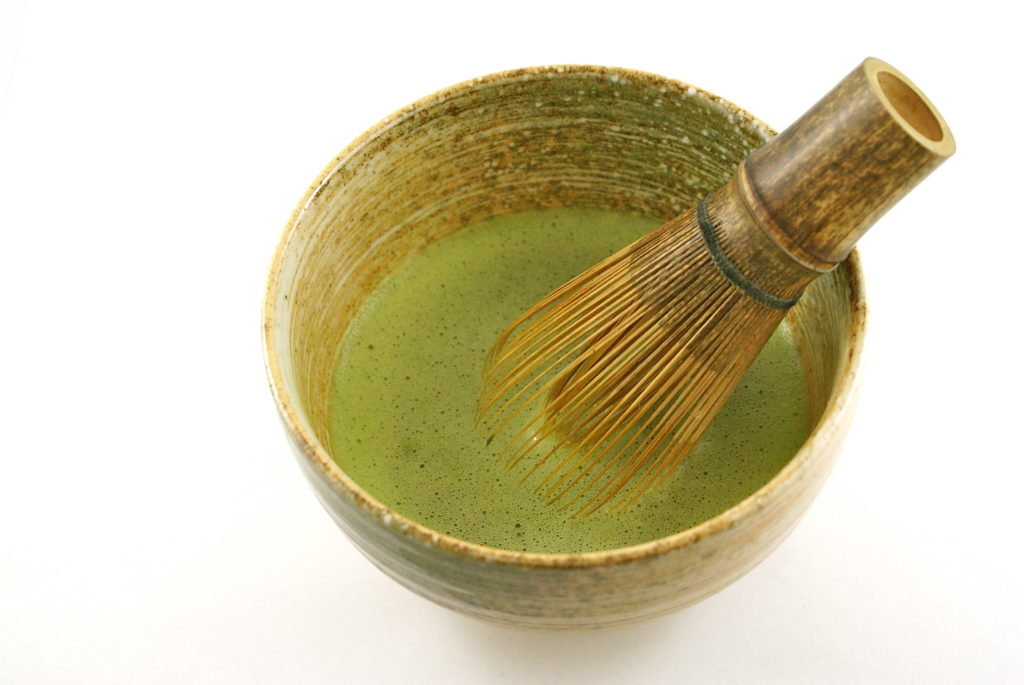What all of these hikes have in common is geography; each one can be found within Portland city limits (plus Sauvie Island). Let this be both a guide and a reminder: You don’t have to take a road trip to find good hiking around Portland.
Easy hikes
Hoyt Arboretum Loop (4.7 miles, Northwest Portland): A scenic loop hike through the northern portion of Washington Park, centered around the Hoyt Arboretum.
Kelley Point Park (1.7 miles, North Portland): Easy walk along beach and paved trails at the point where the Willamette and Columbia Rivers converge.
Mount Tabor Green Trail (1.7 miles, Southeast Portland): A walk around the perimeter of Mount Tabor Park, on both paved roads and dirt trails.
Oak Island (2.8 miles, Sauvie Island): Seasonal hike through the Sauvie Island Wildlife Area, open from mid-April through September.
Oaks Bottom (2.3 miles, Southeast Portland): Loop hike around the Oaks Bottom Wildlife Refuge — a wetland, meadow and forest complex that is home to a great diversity of birds.
Smith and Bybee Lakes (2.1 miles, North Portland): A paved trail through the Smith and Bybee Lakes Wetlands Natural Area, home of painted turtles, eagles, herons and more.
Tryon Creek Inner Loop (1.9 miles, Southwest Portland): Easy walk along the inner trails of Tryon Creek State Park, an urban forest with several small bridges and muddy trails.
Wapato Greenway (2.2 miles, Sauvie Island): An easy stroll along the Wapato Greenway on Sauvie Island, where waterfowl and beaver sightings are common.
Washington Park Loop (3.9 miles, Southwest Portland): A hike through Washington Park, on dirt trails and sidewalks past some of Portland’s best attractions.
Woods Park Loop (2.1 miles, Southwest Portland): Trails through a 36-acre pocket of native forest in the heavily wooded Woods Memorial Natural Area.
Moderate hikes
Council Crest (3.3 miles, Southwest Portland): Most people drive up to the scenic point with spectacular mountain views, but a hike from Marquam Nature Park is worth the effort.
Maple Trail (8.2 miles, Northwest Portland): One of the best hikes in Forest Park, the Maple Trail is a lovely showcase of the park’s many bigleaf maple trees.
Marquam Nature Park Loop (3.8 miles, Northwest Portland): A loop around Marquam Nature Park, a tranquil pocket of nature saved by neighbors in the 1960s.
Mount Tabor Blue Trail (3.3 miles, Southeast Portland): A perfect tour of Mount Tabor, on dirt and paved trails that lead past all three reservoirs and to the summit of the extinct volcano.
Newton Road to Newberry Road (9.4 miles, Northwest Portland): Lengthy hike through the northernmost portion of Forest Park, along the Wildwood Trail and past the Hole in the Park.
Pittock Mansion Hike (5 miles, Northwest Portland): Storybook stroll through Macleay Park and a hike up the Wildwood Trail to the historic Pittock Mansion with scenic views of Portland.
Powell Butte Loop (4.3 miles, Southeast Portland): Hike around the perimeter of Powell Butte Nature Park, through forest and along the high grasslands of the extinct volcano.
Tryon Creek Outer Loop (5.7 miles, Southwest Portland): Loop around Tryon Creek State Park, a sprawling urban forest with trails for hikers, equestrians and cyclists.
Tolinda-Ridge Trail (5.9 miles, Northwest Portland): A hike from the Tolinda Trailhead to the Ridge Trailhead in Forest Park, with a nice view of the St. Johns Bridge.
Warrior Point (7 miles, Sauvie Island): A long, flat hike to the Warrior Rock Lighthouse up to the northernmost Warrior Point of Sauvie Island.
Park-by-park
Forest Park: At nearly 5,200 acres, Forest Park is easily Portland’s largest, containing the famed 30-mile Wildwood Trail among others. No one hike does the park justice, so get to a trail-head and explore.
Marquam Nature Park: The tranquil pocket of forest that is Marquam Nature Park offers no spectacular views (though it does connect to the Council Crest Hike), offering a peaceful wooded walk instead.
Mount Tabor: Portland’s most popular extinct volcano, Mount Tabor Park is 190 acres of paved and dirt trails, popular among locals and tourists alike for its spectacular views, grassy meadows, playgrounds and annual PDX Adult Soap Box Derby.
Powell Butte: Another of Portland’s extinct volcanoes, Powell Butte Nature Park contains some 612 acres of forested trails and high grasslands, with stunning views of all five visible mountains of the Cascade Range.
Sauvie Island: Known best for its pumpkin patches and beaches, Sauvi e Island is also home to several good hiking spots through wildlife areas along inner-island lakes and the rolling Columbia River.
Tryon Creek: The 658-acre Tryon Creek S tate Park is a sprawling urban forest in Portland, offering 8 miles of hiking trails, 3.5 miles o f horse trails and a 3-mile paved c ycling trail — all perfect for families and local hikers.
Washington Park: The impressive Washington Park complex boasts more to do than any other park in Portland, containing the International Rose Test Garden, Ja panese Garden, Oregon Zoo, Hoyt Arboretum, World Forestry Center and Portland Children’s Museum — not to mention paved and dirt trails throughout.
Learn more
Find longer stories and more information about these hikes by visiting the story online (bit.ly/24TXW0o) and clicking on the hike links.
• jhale@oregonian.com
